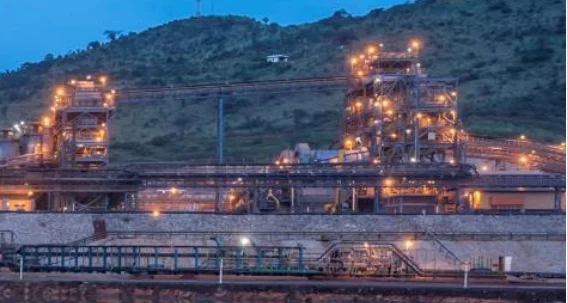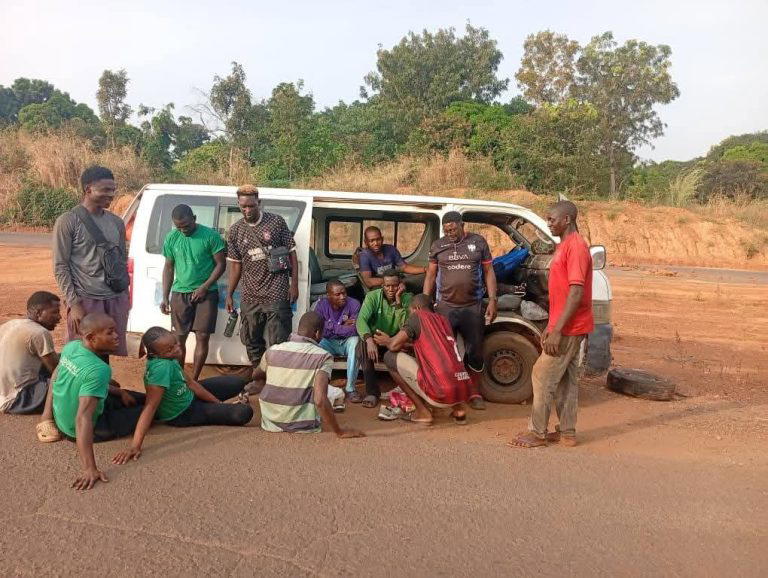Kibali Gold Mine: Africa’s Green and High-Tech Mining Powerhouse
Deep in the north-east of the Democratic Republic of Congo lies Kibali Gold Mine — a project that’s quietly rewriting the rulebook for mining in Africa. It’s one of the continent’s biggest gold producers, but what makes Kibali stand out is how it blends cutting-edge automation with world-class sustainability.
A partnership driving real change
Kibali is run by Barrick Gold in a joint venture with AngloGold Ashanti and the DRC’s own Société Minière de Kilo-Moto (SOKIMO). Since its launch, it has grown into more than just a mining site — it’s become a driver of regional growth, building infrastructure, creating jobs, and injecting billions into the local economy.
Barrick CEO Mark Bristow recently praised the mine’s strong performance in 2025, highlighting its improved production and lower costs.
Powering a mine — the green way
Kibali is showing the world that heavy industry doesn’t have to run on fossil fuels. Three hydropower stations already meet most of its energy needs. And in 2025, a 16 MW solar farm with battery storage pushed its renewable energy share from 81% to 85%. For half the year, the mine runs entirely on renewables, cutting diesel use by more than half and slashing emissions.
“It’s proof of how an energy transition can work — not just in Africa, but anywhere,” says Barrick.
Mining with machines — and a human touch
Kibali is also leading the automation race. Self-driving underground trucks and loaders, remote control rooms, and smart power systems all make operations safer and more efficient. Machine learning even helps manage the mine’s battery systems, keeping diesel generators as a rare backup rather than a daily necessity.
A lifeline for the region
Since 2013, Kibali has invested over $6.3 billion in the DRC — $3.1 billion of that with local suppliers. It’s the single biggest economic contributor in Haut-Uele and Ituri provinces. And the gold is far from running out: new drilling shows more reserves, meaning production can continue without expanding the mine’s footprint.
Protecting people and nature
Kibali holds top-tier ISO certifications for safety and environmental management. It’s reduced water use, supports biodiversity projects, and funds community development through a dedicated revenue share. One standout initiative is its support for Garamba National Park — including the reintroduction of white rhinos, with 16 already returned in 2023 and 64 more on the way in 2025.
Training is another priority. Through the Barrick Academy, 170 employees completed courses in the last quarter alone, while over 700 Congolese companies now form part of its supply chain.
The blueprint for future mining
Kibali shows that profitability, productivity, and sustainability can go hand-in-hand. By combining renewable energy, advanced automation, and deep community engagement, it’s setting a new standard for what mining in Africa — and the world — can look like.




Post Comment